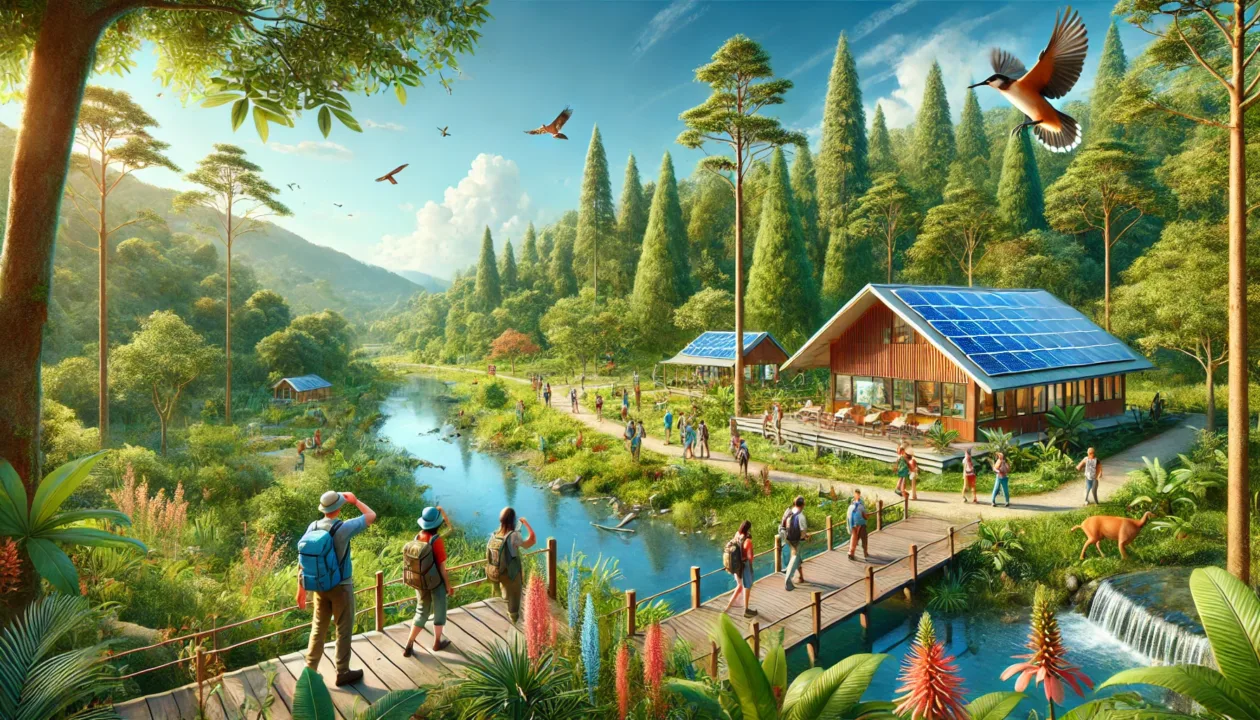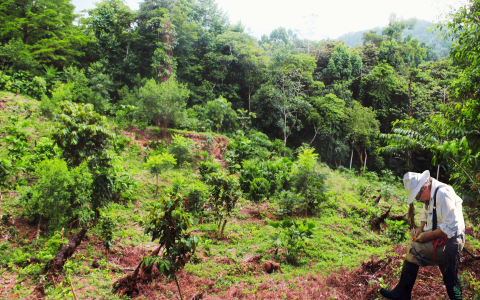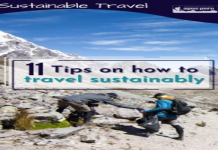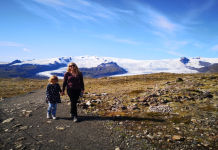Alright, so I wanted to share a bit about my recent trip and how I tried to do this whole “responsible forest conservation tourism” thing. It wasn’t some grand plan at first, just kinda happened.
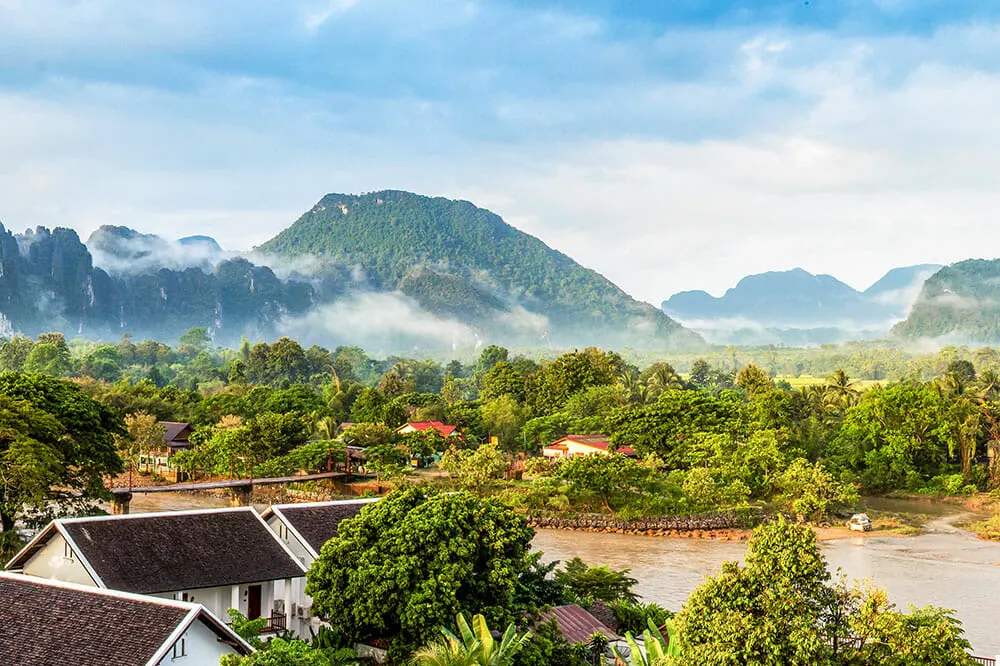
How It Started For Me
Honestly, I used to just go on trips, you know? See a cool forest, take some photos, done. But then, on one particular trek a while back, I saw a mess. Plastic bottles, wrappers, just junk everywhere, right on these beautiful trails. And people were getting way too close to animals, trying to feed them for a selfie. It just felt… wrong. Like, we were loving the place to death. That stuck with me.
So, I started thinking, there’s gotta be a better way to see these amazing natural spots without trashing them or stressing out the wildlife. I wasn’t aiming to become a hardcore eco-warrior overnight, just wanted to be a bit more mindful, I guess.
Figuring Things Out
My first step was just poking around, asking friends, doing a bit of online searching. I typed in stuff like “eco-friendly forest trips” and “how to not be a jerk to nature.” A lot of info popped up. Some of it was super useful, some of it felt a bit over the top, like you couldn’t even breathe without a permit.
I decided to focus on a few key things for my next trip:
- Choosing the right place: I looked for tour operators or lodges that actually talked about conservation efforts. Not just greenwashing, but real stuff like hiring local guides, limiting group sizes, or contributing to local conservation projects.
- Packing smart: This was a big one. I made sure to bring my own reusable water bottle, coffee cup, and even some containers for snacks to avoid single-use plastic. Packed a small bag to carry out my trash – and any other I might find.
- Learning the local rules: Before I even went, I tried to find out about the specific forest area. Were there sensitive zones? Rules about staying on trails? What about interacting with wildlife? Knowing this stuff beforehand felt important.
Putting it into Practice: The Trip Itself
So, for my latest adventure, I picked a smaller, locally-run outfit that seemed genuinely committed. The planning took a bit more effort than just clicking “book” on a big tour site, I won’t lie. I had a few email exchanges, asked questions about their practices. They were pretty open about it, which was a good sign.
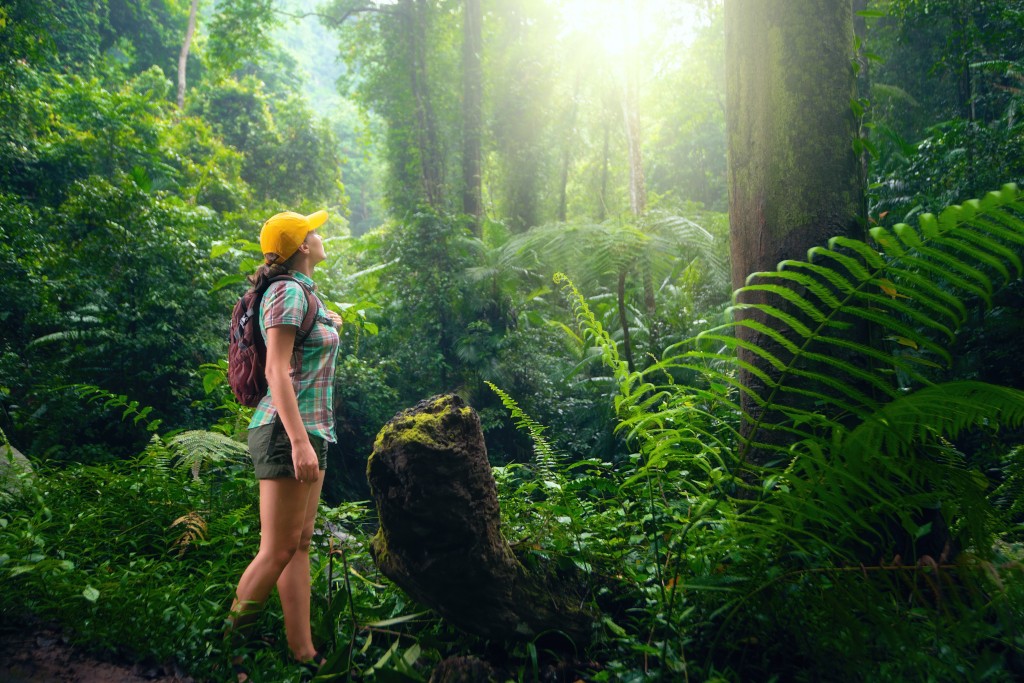
When I got there, the experience felt different from my past trips. Our guide was a local guy who grew up in the area. Man, he knew that forest like the back of his hand. He wasn’t just pointing out trees and birds; he was telling us stories, explaining how everything was connected. He also made sure we stuck to the trails and kept a respectful distance from any animals we saw.
Here’s what I actively did:
- I stayed on marked paths. Super simple, but it makes a difference to the plants and soil.
- I kept my voice down. Amazing how much more wildlife you see when you’re not shouting.
- No feeding animals. Period. Their natural diet is best, and feeding them can make them sick or aggressive.
- I packed out everything I brought in. My little trash bag came in handy, and I even picked up a few stray wrappers I spotted.
- I tried to support local businesses where I could, buying crafts from local artisans rather than mass-produced souvenirs.
It wasn’t about deprivation. We still had an amazing time, saw incredible scenery, and got some great photos. But it felt more… intentional. Like we were guests in the forest, not just consumers of it.
What I Reckon Now
Looking back, it wasn’t perfect. I’m sure I still have a lot to learn. And yeah, sometimes it felt a bit more effort. Like remembering to refill my water bottle instead of just grabbing a plastic one.
But honestly, it was way more rewarding. I felt more connected to the place and the people. It made me realize that “responsible tourism” isn’t some super complicated thing. It’s just about making a few conscious choices and being aware of your impact. It’s about leaving the forest as good as, or even a little better than, you found it. I’m definitely going to keep trying to do this on future trips. It just feels like the right way to explore these incredible wild spaces we’re lucky to have.
